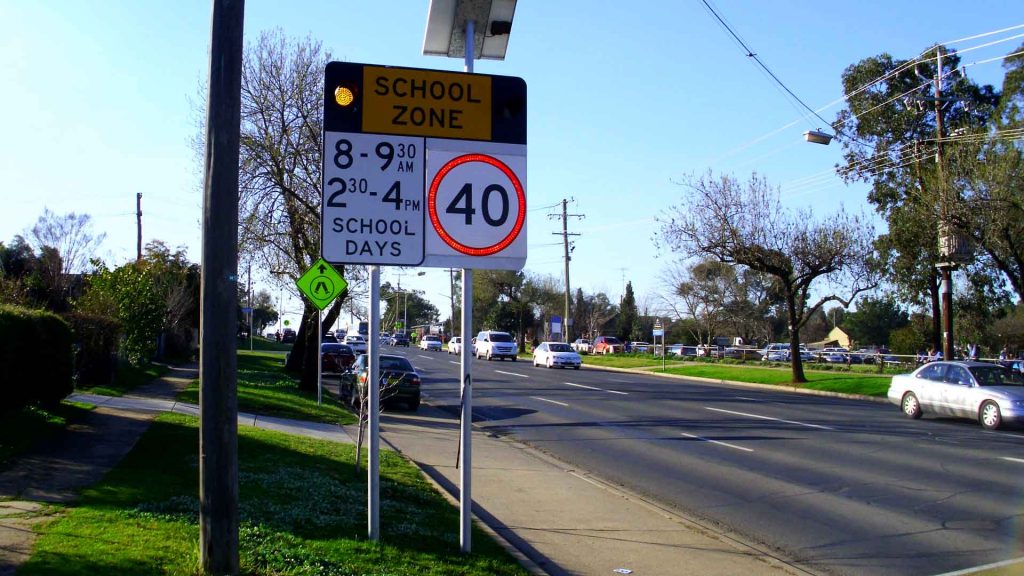The concept of school zones is widely implemented; it usually involves specific signage, reduced speed and is often accompanied by an assisted pedestrian crossing during school hours. However, they are not enough to ensure high levels of safety for children nor do they adequately address sustainability issues.
School streets, being car-free areas outside schools, are becoming more popular across Europe and North America. This low-cost initiative prioritises children, allowing them to walk and cycle safely, thus encouraging sustainable transport options and reducing vehicle CO2 emissions near schools.
The COVID pandemic sparked an increase in the number of school streets around the world. The need for space and social distancing made school streets even more appealing to schools and parents.
Whereas car-free areas around schools were observed in 8 countries in 2019,14 countries have now adopted the concept with more than 1,100 school streets in place. London is the most striking example with an increase in school streets to more than 500.
A report on school streets pointed out the most common characteristics of school streets:
- Limited access to motorised vehicles near schools at drop off and pick up times.
- Restrictions are in place for approximately 15 to 90 minutes, normally at either end of the school day (but in some cases at lunchtime as well).
- Only pedestrians and cyclists can enter the School Street zone, plus exempted vehicles.
- The road closure is enforced using signage and either a physical barrier, cameras or street design clearly showing that the street is not open to motorised vehicles.
- Each scheme reflects the needs of the school and local community.
- Some School Streets comprise permanent road closures or restrict access to only part of the road.
Implementing a school street is not just about closing the road to cars. It includes other actions such as promoting active transport to and from school, monitoring air quality in the school grounds and community engagement activities.
In Australia, as far as we know, school streets have not been implemented on a permanent basis. Trials have been conducted at two schools in Moreland, Victoria.
Car-free zones were implemented for a whole week at Brunswick East Primary School and two Fridays at Coburg North Primary School. During the trials, an average 75% of students travelled actively and sustainably to each school. This is an exceptional percentage compared to our experience schools we have worked on.
“What I love about school streets is that even in the case it doesn’t result in a significant change in car reliance, it brings benefits to local traffic. By restricting vehicle access outside the school entrance, it forces drivers to adopt alternative routes. It spreads traffic within the area, consequently, enhancing traffic flows during school peak periods. It also reduces the often observed massive concentration of cars and double parking near the school entries”, says Kasia Balsam, one of ptc.’s specialists in school projects.
If closing streets to traffic seems extreme, there are other interesting initiatives to get inspiration from. The Safe School Streets in Auckland, NZ, is a pilot program to trial temporary measures to reduce the number of vehicles and encourage active travel to and from school. Watch the video for more details.

